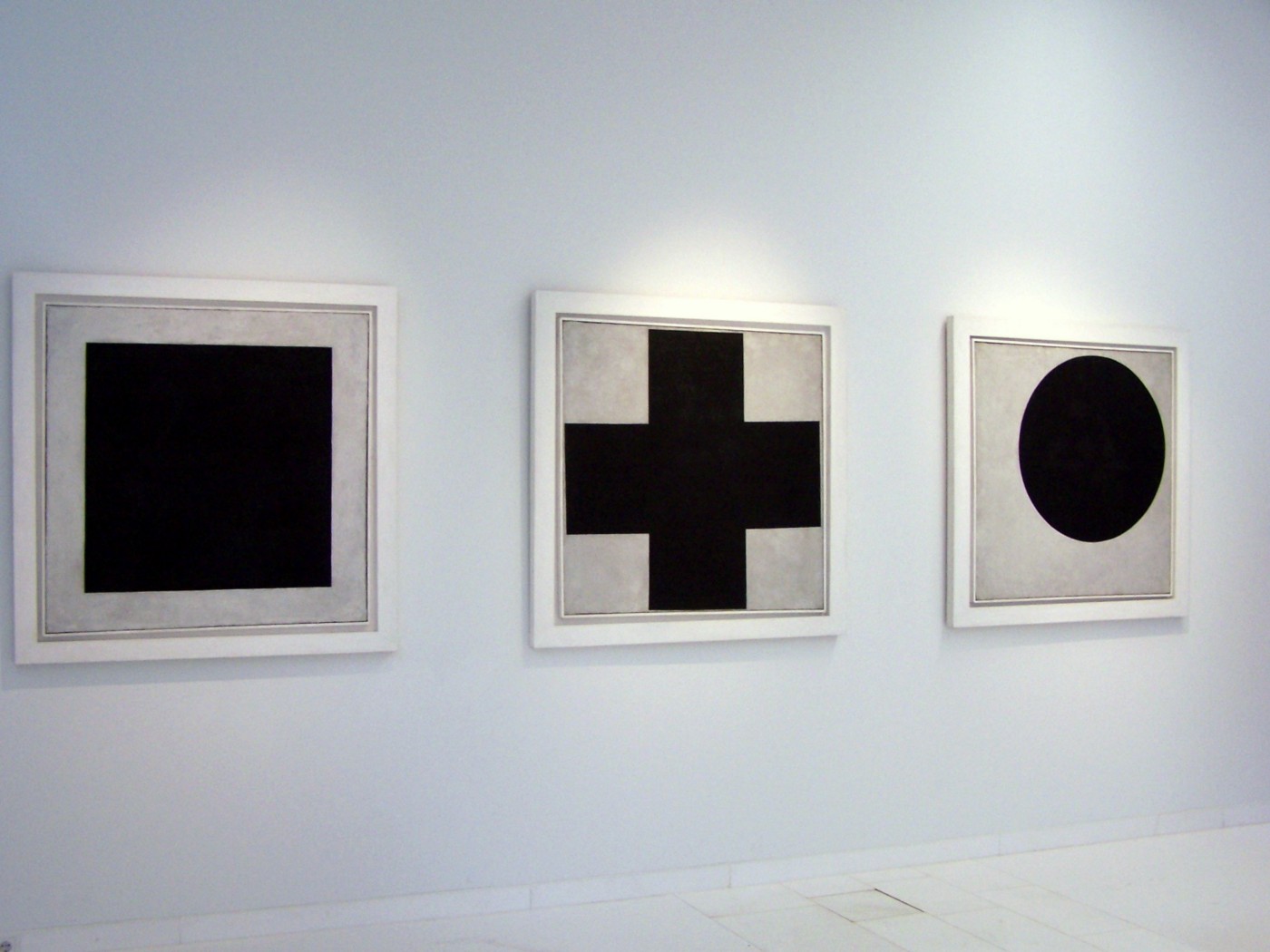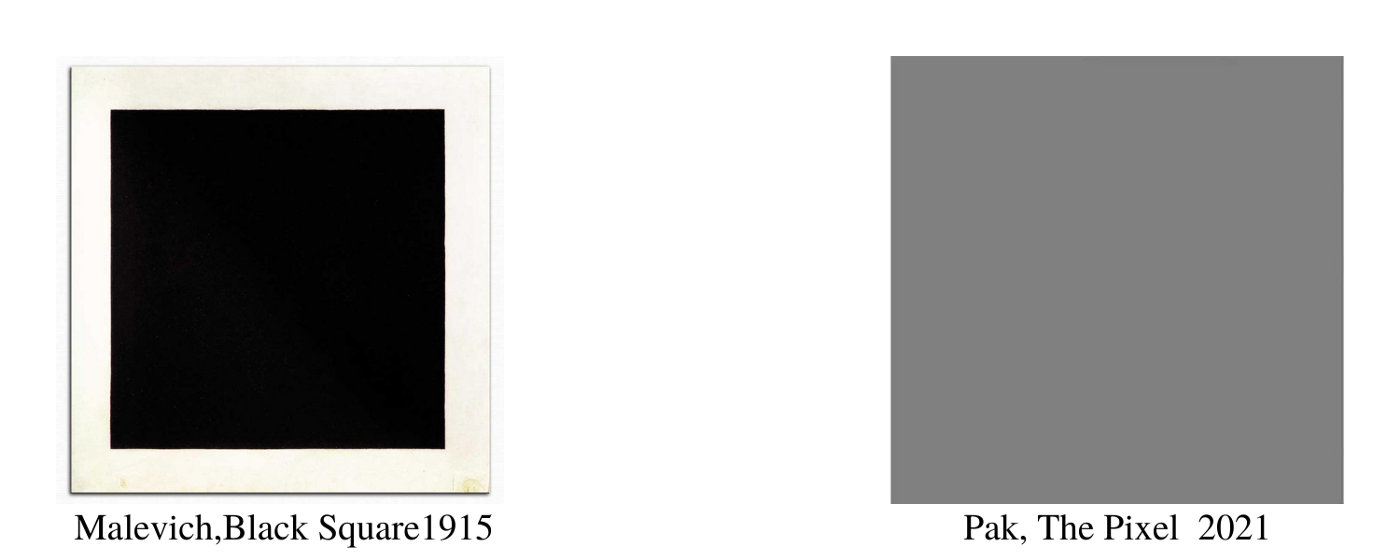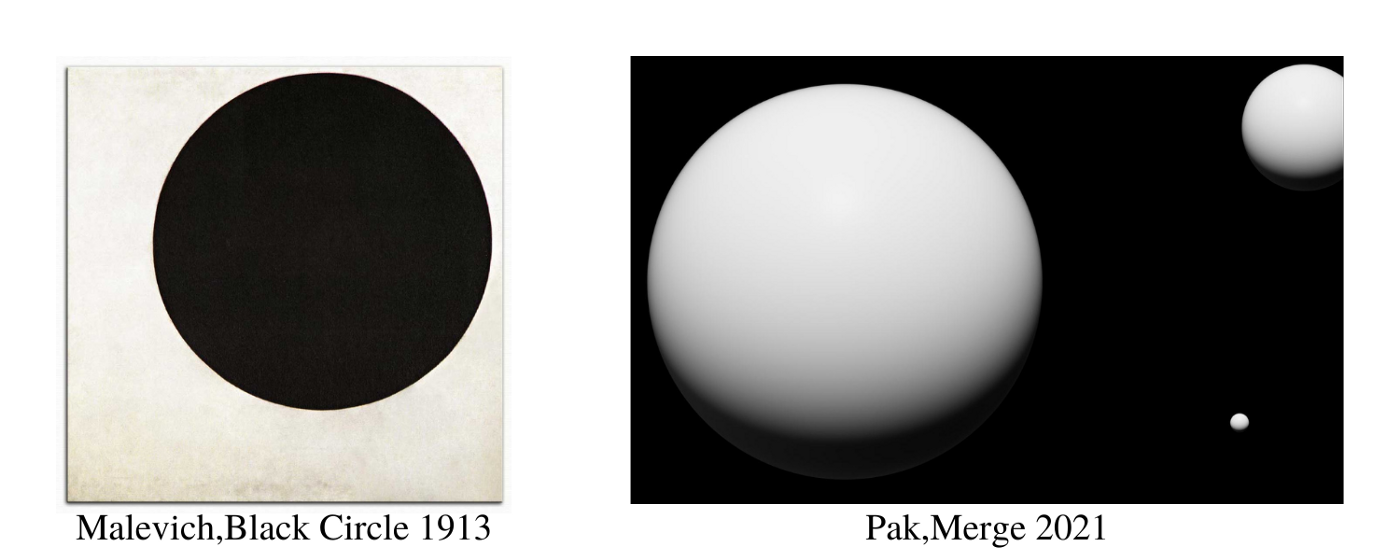Born in Kiev in 1878, Malevich spends his life among very turbulent years for the world. There is no harm in saying that the main source of the geometric forms in his art is the intellectual manifestation of the years he spent among these turbulences. The October Revolution, which took place on October 17, 1905, meant a change not only in the political climate but also in the art atmosphere. Post-revolutionary paintings contained compositions that told stories of great heroism and praised the revolution. After this atmosphere, the turbulent years were followed by the 1st World War and there were significant developments in the field of art while the 1st World War continued.
Regardless of the subject of this article, if we need to mention the period we live in as a footnote; During this period, the Dada movement emerged. Dada is a cultural and artistic movement, and with the French word meaning “wooden horse”, it wanted to put forward a reaction to the barbarism of war, the intellectual rigidity and eroticism in the field of art and in everyday life, also referring to the meaninglessness of war. We can say that irrationality and the rejection of existing artistic orders are the main characters of Dada. The Dadaists (Jean Arp, Richard Hülsenbeck, Tristan Tzara, Jacques Magnifico, Marcel Janco and Emmy Hennings) fell into despair brought about by the war and opposed the aesthetic and value understandings of the middle and upper class socio-culturally.
In all this climate, Malevich saw his cubist painting as a copy of the classics and had to create “something new”. He referred to uniqueness, freeing himself from concepts and objects; He painted the “Black Circle”, in which he found himself in 1913, whose form destroyed light, shadow, composition and object. The piece, measuring 105.5 x 105.5 cm, featured a black circle on a white background. In the following years, he continued the Malevich style, painting the Black Square and the Black Cross. He also used the Suprematist movement to define his abstract geometry paintings and became its pioneer.

Within this psychology, Malevich freed his painting from object-dependent view, object and perspective, almost freeing the canvas from its burdens and painting nothingness. In other words, Malevich’s reaching to nothingness, simplifying his works and simplifying and simplifying by freeing them from the object has not been simple at all.
In short, Malevich was creating his painting by removing form and perspective from his canvas. Just like the French sculptor Rodin created his works by saying “I throw away the excess stone, the sculpture remains”…
In this sense, Pak creates his own style by freeing the chaotic structure from which art and design come from. Its 1-pixel NFT is a clear indication of this artistic practice, and Pak, which is also freed from the burdens of design with the “Merge” that continues, actually goes after the difficult one. The fact that the concepts of simple and plain are a purification that took many years can be clearly seen in Pak’s works.

Like countless names in the history of art, Pak creates his works by getting rid of the burdens of design in order to create his own style and say “something new”. O We see in his work named “Merge” that he went to design not only in his works, but also in the code structure of his NFTs.
NFT named The Merge can be described as an open project consisting of bulk tokens programmed to be merged with others in a single wallet. The project was created in such a way that the higher the bulk purchase rate, the greater the visual quality of the NFTs included in the collection. In addition, airdrops were given to collectors according to their bulk purchase rates. The project was sold to 26 thousand collectors in total. The person holding the most tokens was rewarded with another artifact called “Alpha Mass”.
Pak for Merge; “Depending on the size of the tokens you buy, the artwork will change and have different qualities. All encrypted on-chain, including the metadata.” said.

Art history will not hesitate to write Pak over the years. Because Pak took his place in art history as an artist who “hacked” design with his artistic practice. What makes Pak’s works so valuable is this understanding of design that is freed from its burdens.
Art Historian
Ogulcan Yildirim
